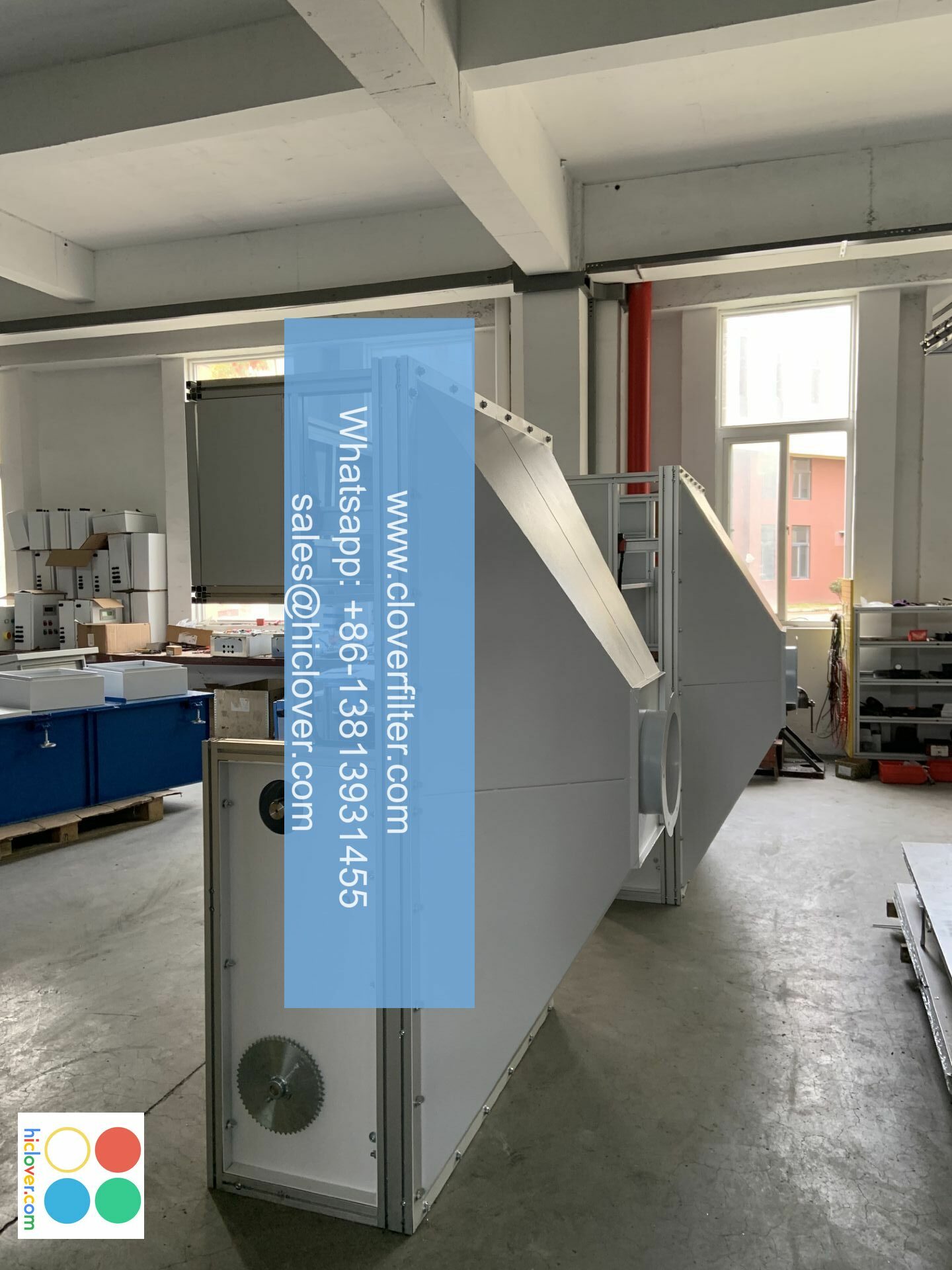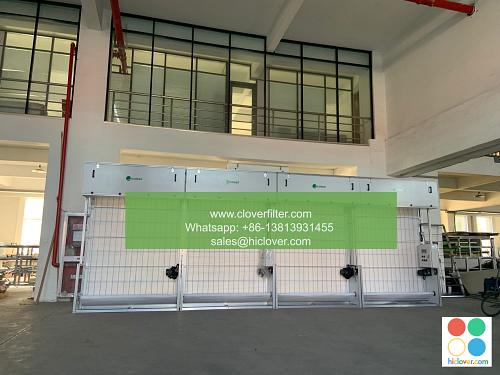The Intersection of Air Filtering and Energy Efficiency

The intersection of air filtering and energy efficiency has become a crucial aspect of modern building design and operation. As concerns about indoor air quality (IAQ) and climate change continue to grow, the need for effective and energy-efficient air filtering systems has never been more pressing. In this article, we will explore the relationship between air filtering and energy efficiency, highlighting various application areas and key technologies that are driving innovation in this field.
Introduction to Air Filtering and Energy Efficiency
Air filtering is a critical component of maintaining good IAQ, removing airborne pollutants such as particulate matter (PM), nitrogen dioxide (NO2), and volatile organic compounds (VOCs) from the air. However, traditional air filtering systems can be energy-intensive, accounting for a significant portion of a building’s total energy consumption. Energy-efficient air filtering systems, on the other hand, use advanced technologies such as nanofiltration, ultraviolet (UV) light, and heat recovery to minimize energy consumption while maintaining optimal IAQ.
Key Technologies for Energy-Efficient Air Filtering
Several key technologies are driving innovation in energy-efficient air filtering, including:
* High-Efficiency Particulate Air (HEPA) Filters: capable of removing 99.97% of particles as small as 0.3 microns, HEPA filters are a popular choice for applications requiring high levels of air purity.
* Activated Carbon Filters: effective at removing VOCs, gases, and odors from the air, activated carbon filters are often used in conjunction with HEPA filters to provide comprehensive air cleansing.
* UV-C Light Disinfection: using ultraviolet light to kill bacteria, viruses, and other microorganisms, UV-C light disinfection is a chemical-free and energy-efficient method for maintaining IAQ.
* Heat Recovery Ventilation (HRV) Systems: recovering heat energy from exhaust air and transferring it to incoming fresh air, HRV systems minimize energy losses while maintaining optimal IAQ.
Application Areas for Energy-Efficient Air Filtering
Energy-efficient air filtering systems have a wide range of applications, including:
* Commercial Buildings: offices, schools, and hospitals require effective air filtering systems to maintain good IAQ and minimize energy consumption.
* Industrial Facilities: manufacturing plants, warehouses, and distribution centers can benefit from energy-efficient air filtering systems to reduce energy costs and improve worker health.
* Residential Buildings: homes and apartments can use energy-efficient air filtering systems to improve IAQ and reduce energy consumption, particularly in areas with poor outdoor air quality.
* Transportation Systems: vehicles, trains, and airplanes require effective air filtering systems to maintain good IAQ and minimize energy consumption during transportation.
Benefits of Energy-Efficient Air Filtering
The benefits of energy-efficient air filtering are numerous, including:
* Improved IAQ: energy-efficient air filtering systems can remove airborne pollutants and maintain optimal IAQ, improving occupant health and productivity.
* Energy Savings: energy-efficient air filtering systems can reduce energy consumption, lowering energy costs and minimizing a building’s carbon footprint.
* Increased Property Value: energy-efficient air filtering systems can increase property value by improving IAQ and reducing energy consumption, making buildings more attractive to occupants and investors.
* Enhanced Sustainability: energy-efficient air filtering systems can contribute to a building’s overall sustainability, reducing environmental impacts and promoting a healthier indoor environment.
Conclusion
In conclusion, the intersection of air filtering and energy efficiency is a critical aspect of modern building design and operation. By leveraging key technologies such as nanofiltration, UV light, and heat recovery, energy-efficient air filtering systems can maintain optimal IAQ while minimizing energy consumption. With a wide range of applications across commercial, industrial, residential, and transportation sectors, energy-efficient air filtering systems offer numerous benefits, including improved IAQ, energy savings, increased property value, and enhanced sustainability. As the demand for energy-efficient and sustainable buildings continues to grow, the importance of air filtering and energy efficiency will only continue to increase. Prompt

